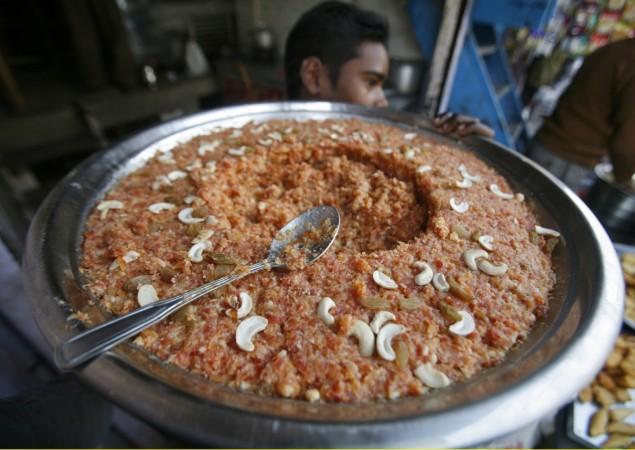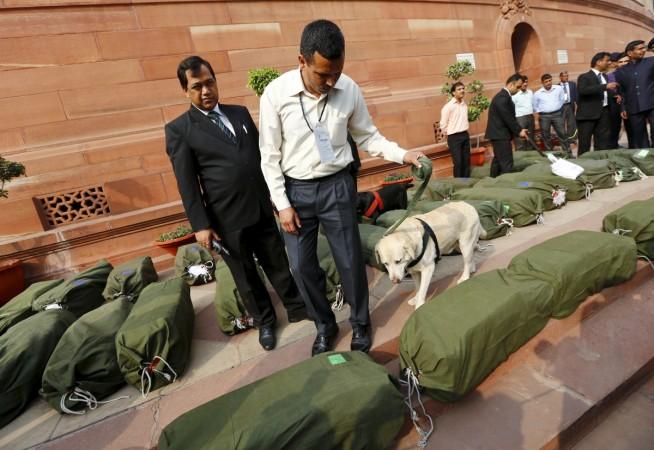
Amid unexpected demonetisation, a combined Railway and General Budget, and the breakaway from the traditional presentation day, the Union Budget 2017-18 is going to be historic in several ways.
Budget 2017: PM Modi to meet economists, experts on Tuesday
Expectations from the Budget are sky high and a number of populist measures are expected, considering the rough times leading up to this budget as Finance Minister Arun Jaitley readies for his fourth Budget speech.
However, the making of the Budget is ideally a long-drawn process wherein apart from economic priorities, the finance minister has to deftly cope with not just political pressures but also conflicting demands. The Budget speech by the finance minister is just the culmination of the course of action that precedes it for almost six months.
Additionally, the budget-making and printing process entails absolute secrecy in a high-security zone under the strict surveillance of the Intelligence Bureau right at the heart of New Delhi. And why not, Indian officials take pride in boasting that the Indian Budget has never been leaked. Well, barring in 1950 when a certain portion of the Budget was leaked for trivial reasons.

Till 1950, the Budget printing took place at the Rashtrapati Bhawan. However, after the leak, the venue was shifted to a government press on Minto Road. Since 1980, the North Block basement has become the permanent place for printing. The press is fully air-conditioned, with modern printing machines.
Even though consultations with states and other departments take place throughout the year, the formal Budget making process primarily starts in September when the finance ministry seeks details of funds needed in the coming fiscal from all ministries, departments and autonomous bodies.
From November, the ministry holds routine consultations with trade and commerce bodies, industry associations, farmer groups and other stakeholders at North Block on the Raisina Hill, where the finance ministry is located. Then the first full draft of the Budget is prepared on a blue sheet after the ministry decides ceilings on government expenditure to maintain fiscal consolidation.
Right from this stage, a shroud of secrecy envelops the process wherein about 100 staff involved in the preparation of the Budget have no access to the internet until the budget is presented.
Come January and it's time to fine-tune the draft documents with a focus on the big picture. By now, the finance ministry gets all the estimates of tax revenue and major subsidies.

For about 10 days before the Budget is presented in Parliament, roughly 100 financial officials participate in the "halwa ceremony" – the Indian tradition of eating something sweet before carrying out an important work – to mark the beginning of the process of printing voluminous documents of the Budget.
From the halwa ceremony till the time the Budget is made public, the staff involved in the making of the Budget are locked up in a basement and every mode of communication is blocked. They cannot talk even to their families during the lock-up and eat and sleep in the printing unit area. Whatever communication takes place, it is in the presence of an intelligence officer.
You may wonder what if when someone falls sick. Well, the person is taken to a hospital, but strictly guarded by an intelligence officer to ensure all communication is monitored.
The entire quarantined basement area remains under strict surveillance of closed-circuit television cameras and a powerful mobile phone jammer is installed to block calls and prevent leakage of information. Only the finance minister can enter or exit the restricted area, but even he cannot carry out the most guarded "blue jacket" documents containing key numbers for the Budget. All the computers used for the budgeting purposes are safeguarded against cyber-theft and delinked from the National Informatics Centre (NIC).
The Budget speech is finalised just a few days before the presentation. On the Budget day, the finance minister first meets the president and briefs him at the Rashtrapati Bhawan, and then the prime minister and the Cabinet to give an overview of the annual financial statement. After that, he, along with the prime minister, moves to the Lok Sabha for the Budget speech.

















